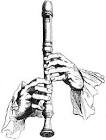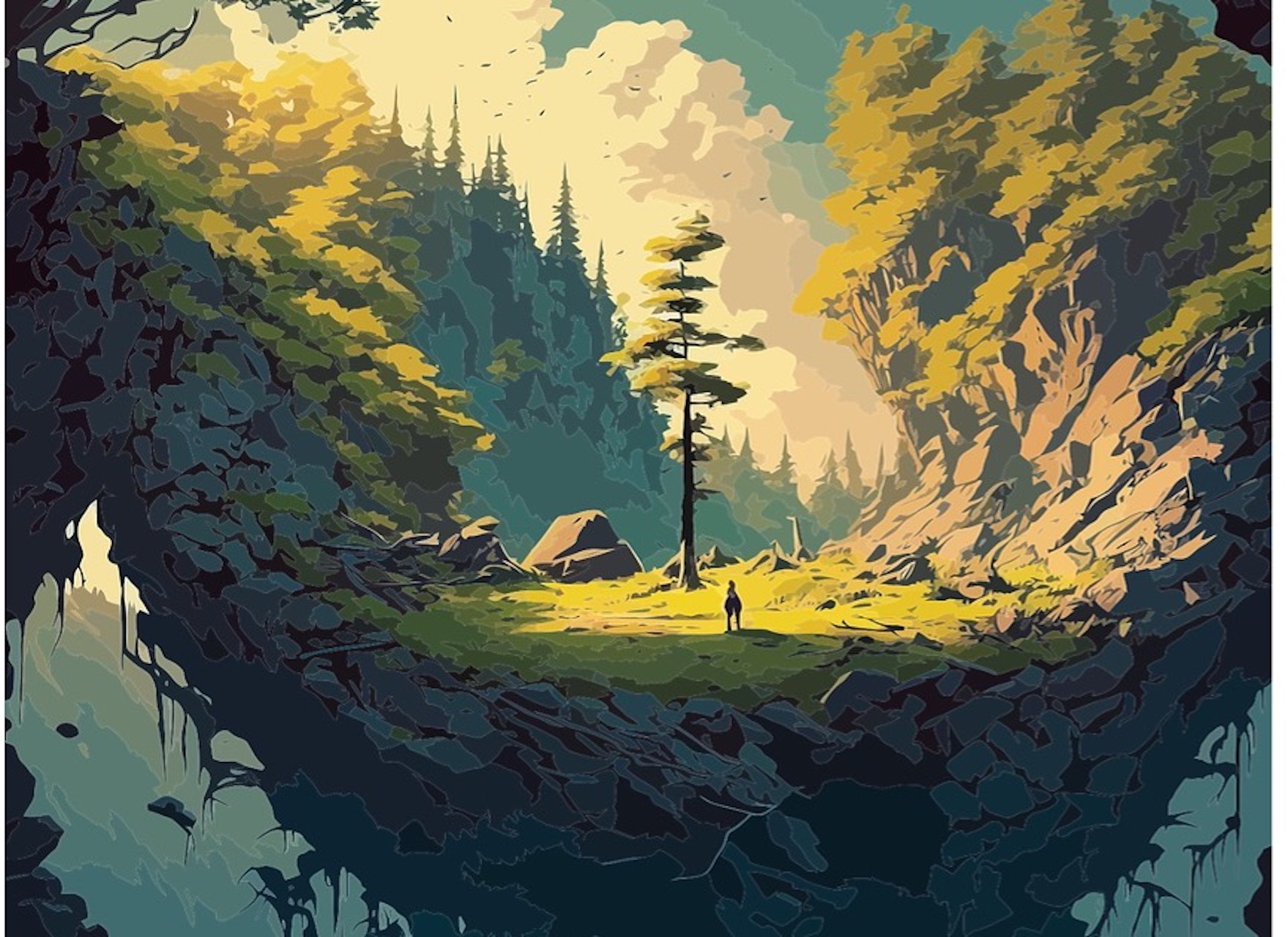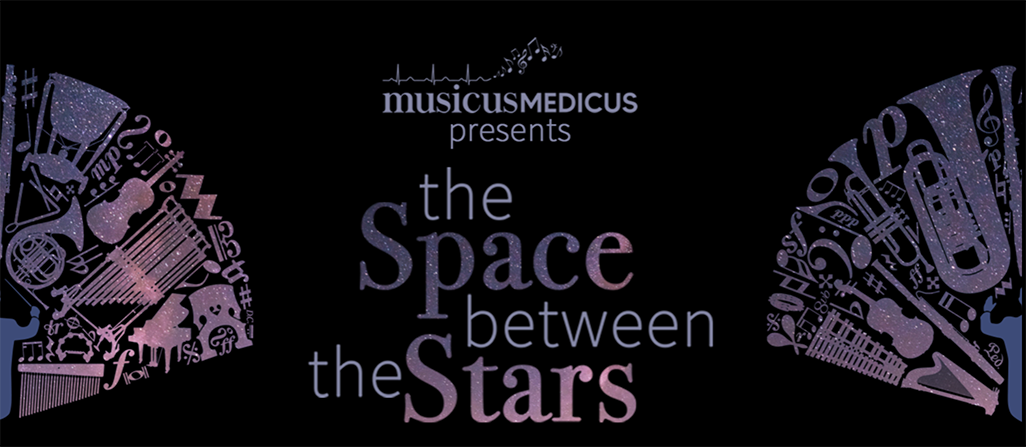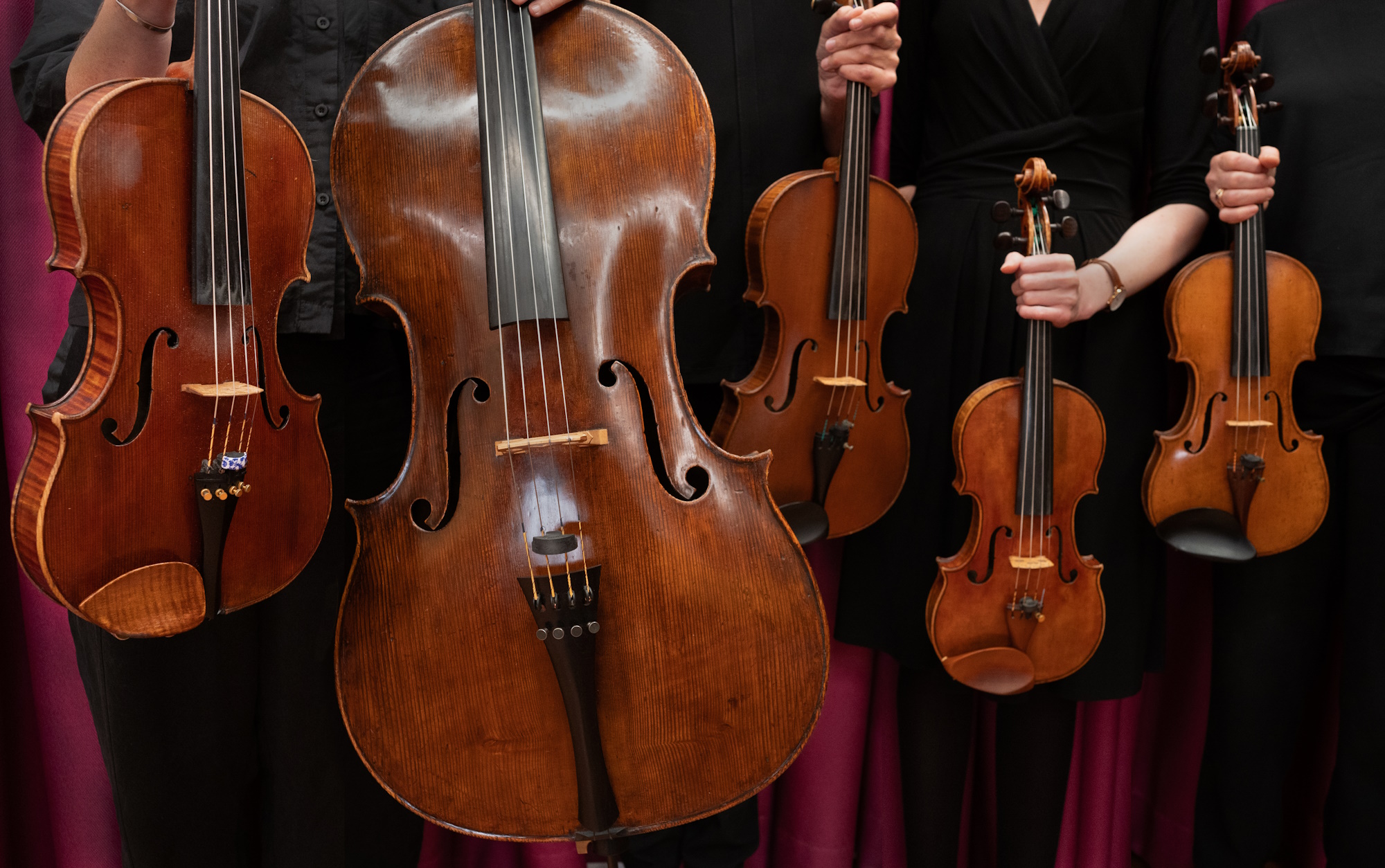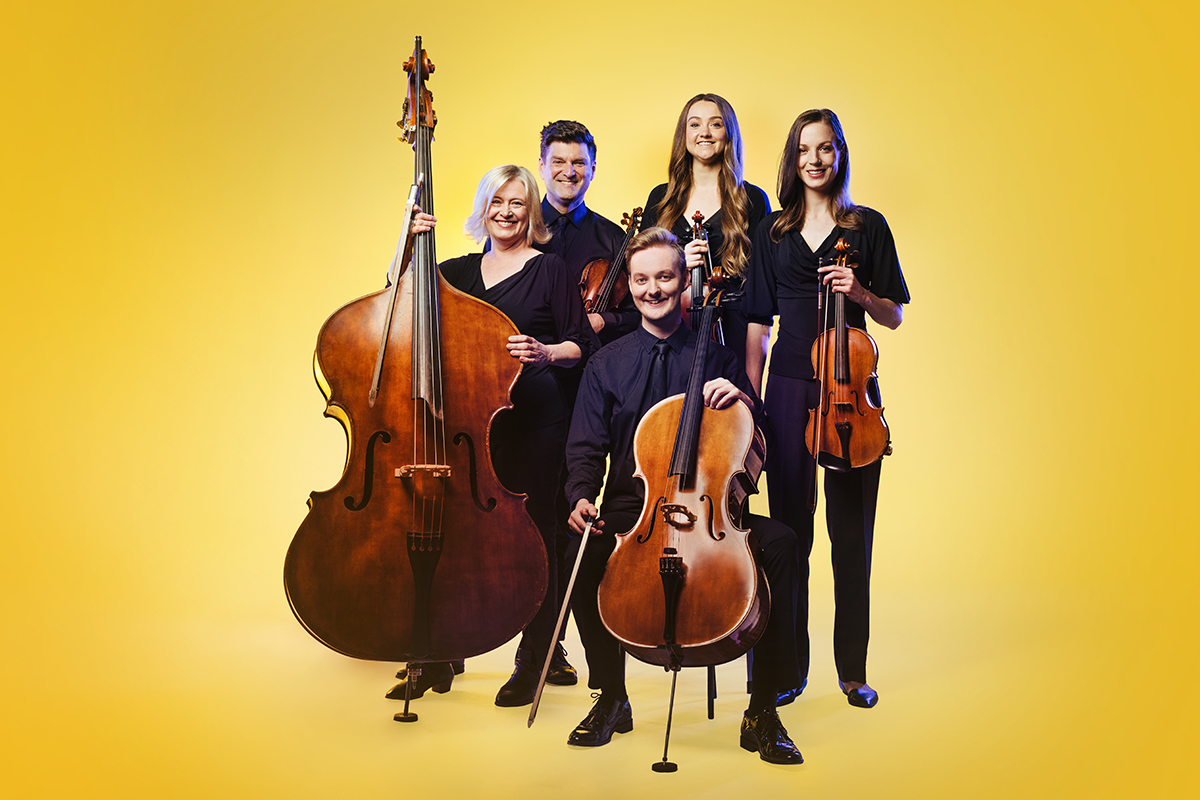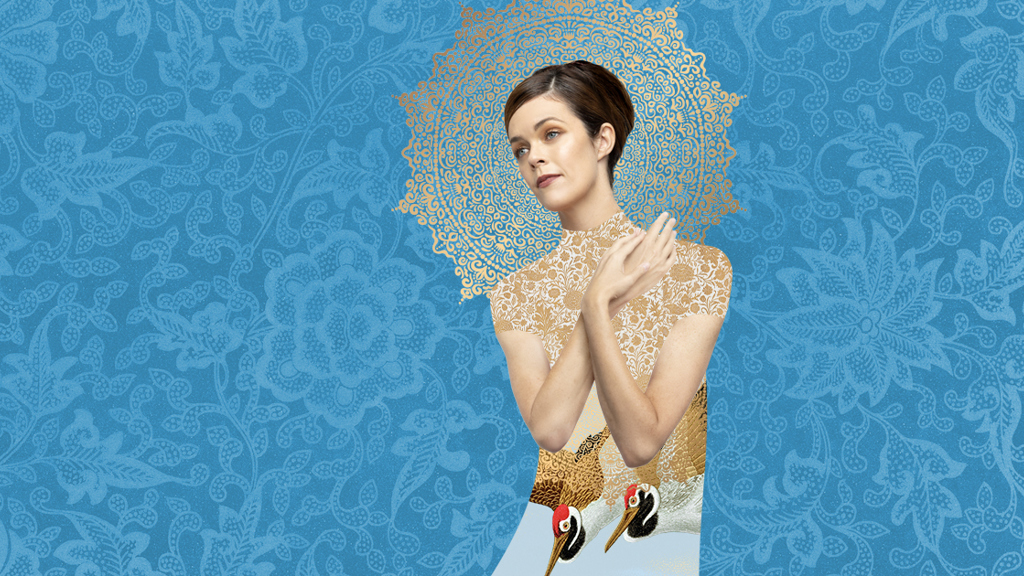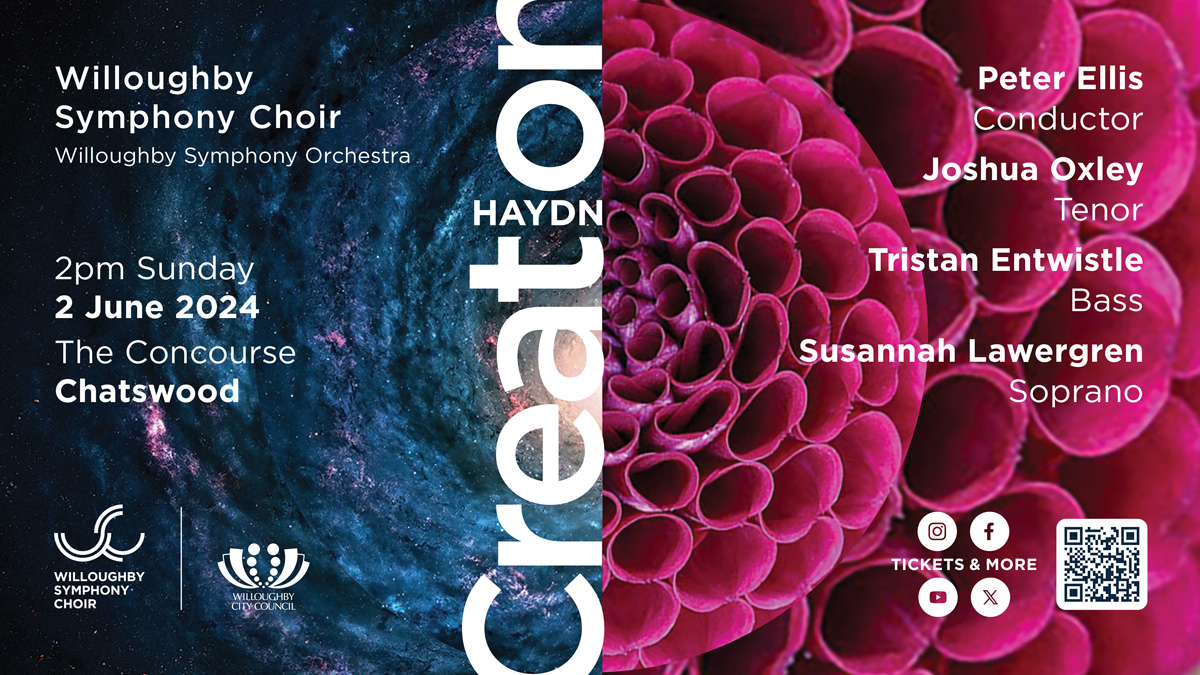Orange Chamber Music Festival | March 7 to 10, 2024
Wow, another Orange Chamber Music Festival has finished, the fourth so far, and isn’t it going places, covering not just music but the visual arts, performing arts, and food & wine! It combined all that is great about the Orange region over four days, particularly our “deep cultural traits”, as stated by the Festival Director, Carmen Nieves. The diversity of the whole program was simply amazing.
The theme for this year’s Festival was music with an international flavour from all eras, emphasising folk music “the original melody of man; it is the musical mirror of the world” (Friedrich Nietzsche), serving as a reminder of our shared humanity.
Over the course of the Festival, several concerts showcased outstanding food & wine venues in & around Orange, including The School House at Union Bank, Rowlee Wines, and Tonic Restaurant in Millthorpe. The arts were celebrated in style at various locations not normally open or known to the general public such as the Five Ways Church where a Cafe-Concert was held.
Festival opener: Folk Fables and Pleasures.
For my first concert on Thursday night it certainly was a pleasure to witness world-class young clarinettist Lloyd Van’t Hoff, along with violinist Zoe Friesberg and pianist Vatche Jambazian, in an intimate room, perfect for chamber music. The concert featured Stravinsky’s L’histoire du Soldat, Bartok’s six Romanian Folk Dances Sz.56, originally for solo piano, arranged for violin, clarinet, and piano by Australian composer Andrew Howes, and solo piano music from Jambazian’s family homeland, Armenia. Read a more in depth review of the festival opener here >>
International Women’s Day event ‘Rising’
The concert on the morning of Fri 8 Mar was an International Women’s Day event titled Rising, held at a new venue, Hazelhome Garden & Event Centre. It featured Ensemble Trivium, “a dynamic collective of Brisbane’s leading musicians”, of which three of the five were women, playing two works by women composers, Amy Beach and Caroline Shaw, both Americans. The music-making was preceded by a lovely Morning Tea where locals and visitors alike were able to mingle and chat. The wall behind the musicians was beautifully decorated with a large crescentic garland of flowers. The official proceedings kicked off with addresses by the local Federal and State members, Andrew Gee and Phil Donato respectively, who both spoke of the burgeoning equality between men and women. Helen Miller, a local from LiveBetter Community Services, followed. In her address, she used “inspiration” as her theme and elaborated on that in terms of the progress women have made in society over the years. Helen inspired us all by acknowledging the contribution of many talented women with diverse backgrounds from all corners of the globe, women whose inclusion in society is empowering, not least our own Festival Director, Carmen Nieves.

The concert commenced with Shaw’s Entr’acte for String Quartet composed in 2011. The piece confirmed that Shaw, the youngest Pulitzer Prize winner for Music, has composed works often described as “weird and lovely” or “strange and beautiful”, definitely a paradoxical mix. It offered different string techniques like “light finger pressure to produce pitchless bow noise” and left hand pizzicato by second violinist Anne Horton and violist Yoko Okayasu, produced varying effects in texture. Beach’s Theme and Variations for Flute and String Quartet Op 80 was composed for the San Francisco Chamber Music Society in 1916. The theme, derived from an Indian Lullaby for female voices, was followed by six variations. The accomplished String Quartet comprised of first violinist Daniel Kowalik, his brother and cellist, Karol Kowalik, both from the great young Australian String Quartet, the Orava Quartet, in addition to Horton and Okayasu, were joined by flautist Monika Koerner. The Variations ranged from fast and playful to haunting and melodic especially from Koerner and Karol Kowalik. Like the Entr’acte, it ended in a calm serene manner.
Beauty and the Brass: Australian Baroque Brass
Next up was the Beauty and the Brass concert given by the Australian Baroque Brass, led by the Artistic Director, Baroque trumpeter, and cornetto player, John Foster, in Orange Uniting Church, replete with the most lovely leadlight windows and good acoustics. The brilliant first work, Daniel Purcell’s Trumpet Song from the opera Massaniello featuring Foster playing the valveless Baroque trumpet, soprano Anna Sandstrom and well-known Australian chamber organist, David Drury, provided a fanfare-like beginning.
The program featured a varied mix of high Baroque works like Handel’s Eternal Source of Light Divine from Ode for Queen Anne, featuring the birdsong-like voice of Sandstrom accompanied by Foster and Drury, early Baroque works like Biagio Marini’s Sonata for the valveless tenor sackbut (predecessor of the trombone) played by Warwick Tyrrell, sparkling cornetto played by Matthew Manchester, and chamber organ, and late Renaissance works like Bohemian Schmelzer’s Chaconne for solo violin in A, arranged by Foster for cornetto, tenor sackbut, Baroque trumpet, chamber organ, and percussion (mainly tambourine) with its very fitting fanfare-like ending as the final piece. Sandstrom sang with good diction and phrasing and displayed great breath control in Giulio Caccini’s Amarilli Mia Bella with Drury accompanying and Monteverdi’s ethereal Lamento Della Ninfa. Drury amused us with Christian Erbach’s Canzona, a “cute and flashy” work in his words. The original work was Foster’s Taking the Hill, composed for Anzac Day and dedicated to his timpanist/percussionist Joshua Hill and the Anzacs. Foster himself accompanied Hill in what eventuated to be a most unique timpani duo, rather a virtuosic combination with nice changes of rhythm and dynamics, preceded by the solemn trumpet of Manchester playing the Last Post and variations thereof, then ending with Manchester’s trumpet fading away.
Following the completion of 2 short aria encores by Matteis, audience members had the opportunity to speak with the musicians about their instruments, the most interesting being the reproductions of the tenor and alto sackbuts played by Tyrrell and the reproductions of the cornetto, played by Foster and Manchester, that looked like one long curved recorder.
Festival highlight: Orava Quartet
The highlight of the Festival, purely from a musical point of view, was the dynamic Orava Quartet, the Kowalik brothers combining with second violinist Daniel Dalseno and violist Thomas Chawner, in concert at the Orange Regional Conservatorium. They were the first Australian string quartet to record under the prestigious Deutsche Grammophon label with their critically-acclaimed debut album in 2018. The concert commenced with Schulhoff’s relatively short String Quartet No.1 composed in 1924. The first movement Presto con fuoco immediately showed Orava’s amazing energy, particularly their brilliant first violinist, Daniel Kowalik. It contrasted with the second movement which lived up to its Allegretto con moto e con malinconia grotesca name, grotesque indeed, largely due to the use of interesting techniques, especially with the bow, including ponticello. The folk influences were most evident in the third movement Allegro giocoso alla Slovacca which displayed the Quartet’s unity, handling tempo and mood changes with ridiculous ease. The fourth and final movement Andante molto sostenuto began quietly, introspective with sudden outbursts, becoming “bizarre” considering the previous dance-like movement and “unbelievably shattering” with a prolonged passage of the same two repeated pizzicato notes giving it an eerie feeling, finishing with shorter and shorter and slower and slower phrases at the end.
Another work, like the Schulhoff, that is not played very much in concert, is Rachmaninov’s Romance from String Quartet No.1, according to celliist Karol Kowalik. It was difficult to know why, given the main themes were so tender and mellifluous.
The piece de resistance for the night was Schumann’s much-loved Piano Quartet in E flat Op 44, a dazzling piece from beginning to end, all four movements testing the Quartet and pianist Vatche Jambazian. The Quartet made it look easy while Jambazian was kept busy, particularly in the third movement Scherzo with 2 Trios and the fourth and final movement Allegro ma non troppo with its fugal coda. The smartly-dressed members of the Quartet all wore black shirts with maroon short-sleeved jackets and pants, each member wearing different brightly-coloured socks, making for a visual, as well as an aural, spectacle.
Cultured: community events
Throughout the day on Saturday March 9, four events under the umbrella name of Cultured were presented around the Civic Square. There was storytelling with violinist, Lisa Stewart, in the Orange City Library and an outdoor concert in Southcourt featuring the Cultured Youth Orchestra comprised of youth from Orange and other areas of the Central West, as well as two other events I attended.

The NSW Police Brass Band Quintet made up of 2 trumpets, one French horn, one trombone, and one tuba, played inside the Orange Regional Museum where ‘Orange 412: A History of our Local Fire Brigade’ was on display. It was a family-friendly event where children could play in an interactive fire truck and adults could view the exhibition while the music was playing. The music ranged from the traditional like British Grenadiers to a contemporary and very fitting tune, Ring of Fire by Johnny Cash. The Quintet finished with the Battle Hymn of the Republic, the lyrics of which were written by a woman called Julia Ward Howe, an author and poet, active in the fight against slavery and for equality for women.
In the Orange Regional Gallery, several musicians performed pieces that highlighted current works in its Collection. The event started with double bassist, Will Hansen, who composed Sacred Play for solo double bass, based on the large steel and varnish artwork by Paul Selwood of the same name, a most stunning work mounted on the back of the gallery very cleverly projecting a 3D appearance as one walked inside. The music involved different bowing techniques that produced rough sounds reflecting the metal in the artwork. Hansen played in the room were the artwork was installed, hence giving the audience total immersion within music and art. The second piece, Blue SIlence by Elena Kats-Chernin, was cleverly located in the room where Tom Polo has a series of three acrylic and pastel artworks called Take Time with Strangers 1-3, all with blue backgrounds. The music was beautifully played by harpist, Paul Nicolaou and cellist, Noah Oshiro. Again, the next piece, Sonata in G Kk91 by Domenico Scarlatti, played by violist, Dana Lee, accompanied by Hansen, was fittingly located in another room with famous twentieth century Australian artists, including Hans Heysen, Roland Wakelin, and Grace Cossington-Smith. Last but not least, in the presence of a large work, acrylic and sand on canvas named After the Fires at Kariong #2 by David Rose, Lee, Oshiro, and Nicolaou combined to reflect the light through the stark trees by playing peaceful work called Of Light, Divided, composed by Nicolaou. They played an encore by Kats-Chernin, Dances of Paper Umbrellas, which made me imagine falling tree leaves in the desolate landscape post-bushfire. The enthusiastic audience that moved from room to room following the musicians were treated to yet another encore called Emily’s Song by Ross Edwards.

Saturday Night Gala: another highlight!
The highlight of the Festival was the Saturday night Gala at the Orange Civic Theatre. It showcased “the universal language of music in a display of sound, colour, and dance”, an eclectic mix of old and new, Australian and overseas, involving the vast majority of musicians invited to the Festival. Read the full review here >>
The Orange Chamber Music Festival was truly an immersive feast of richly diverse music, art, and culture. It was a spectacular celebration of music from many eras and many countries, held in many different venues in and around Orange, showing the best the city could offer.
Dates for the 2025 Festival are March 6-9. Tickets will go on pre-sale June 2024





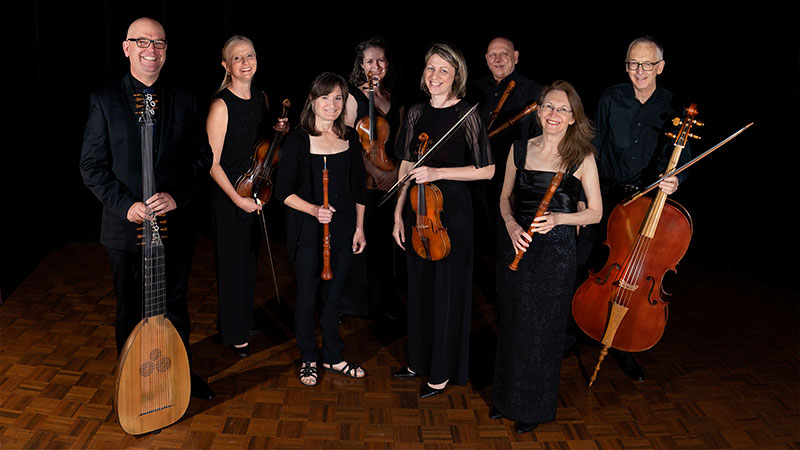

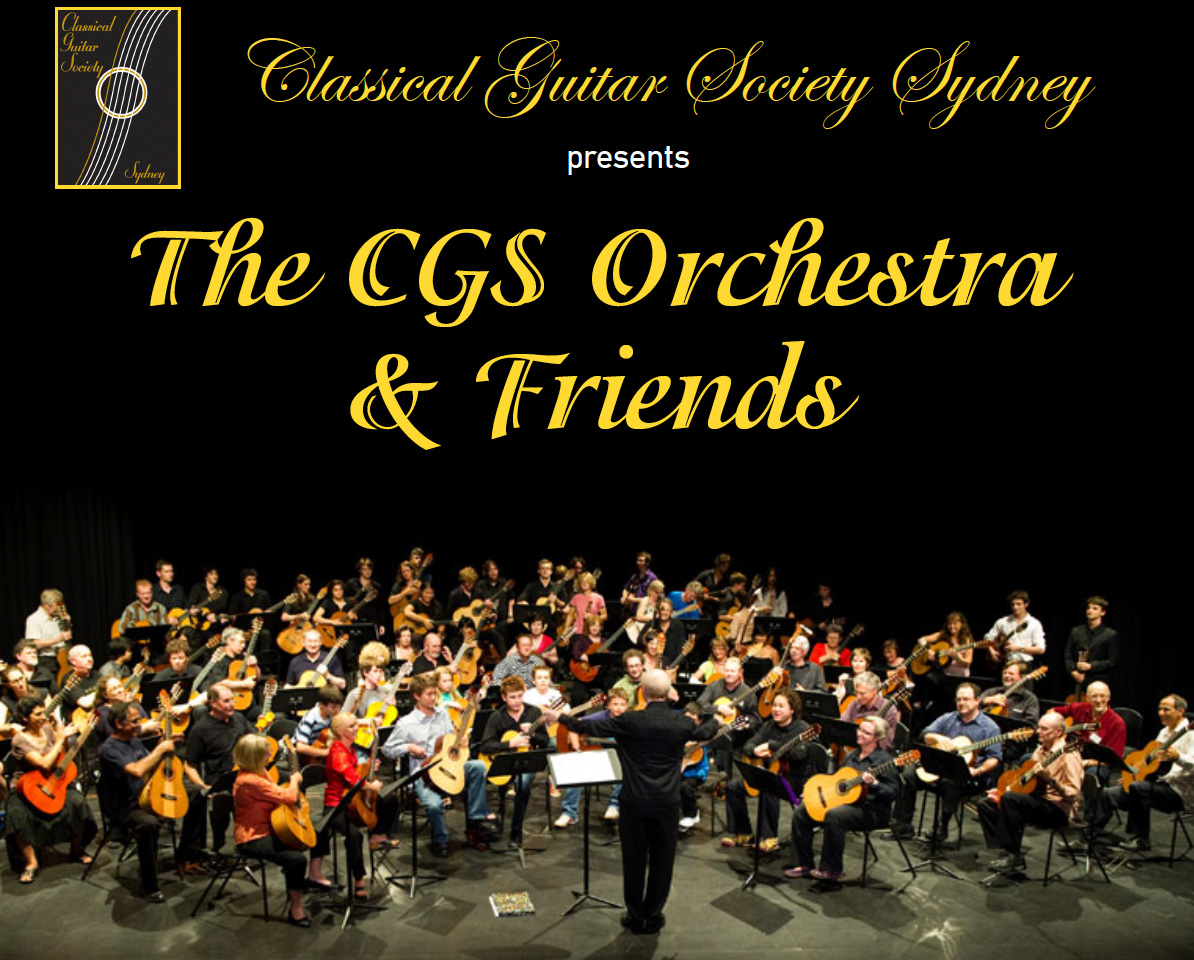

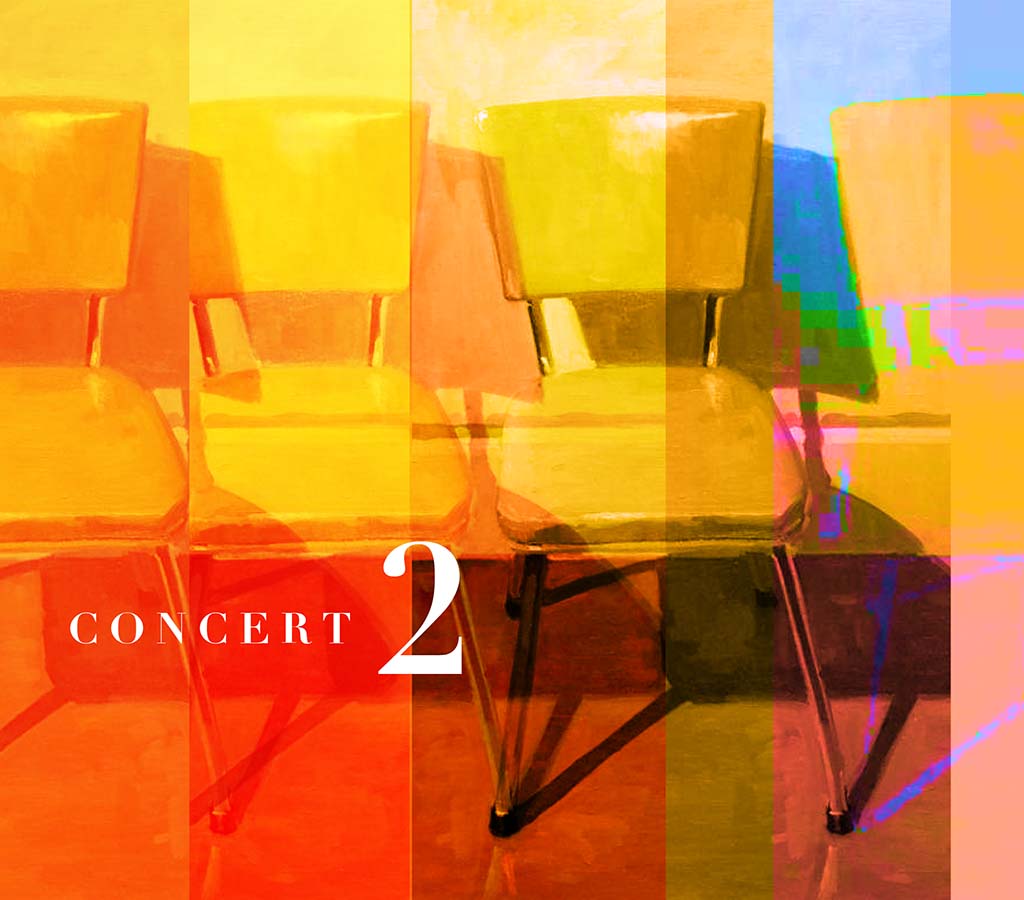

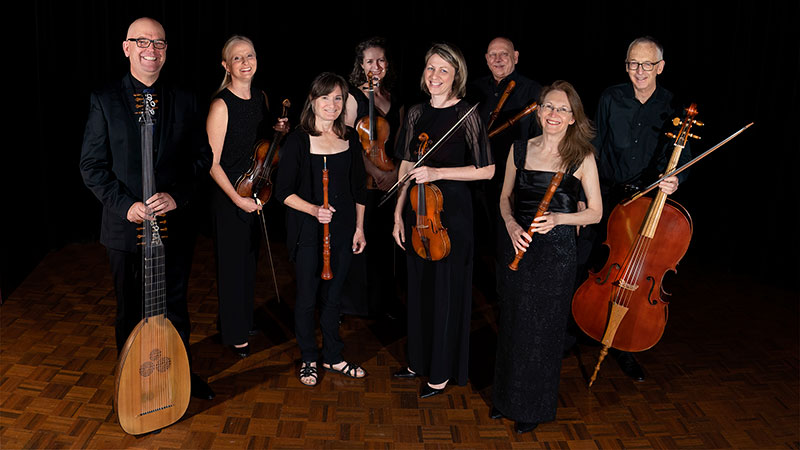
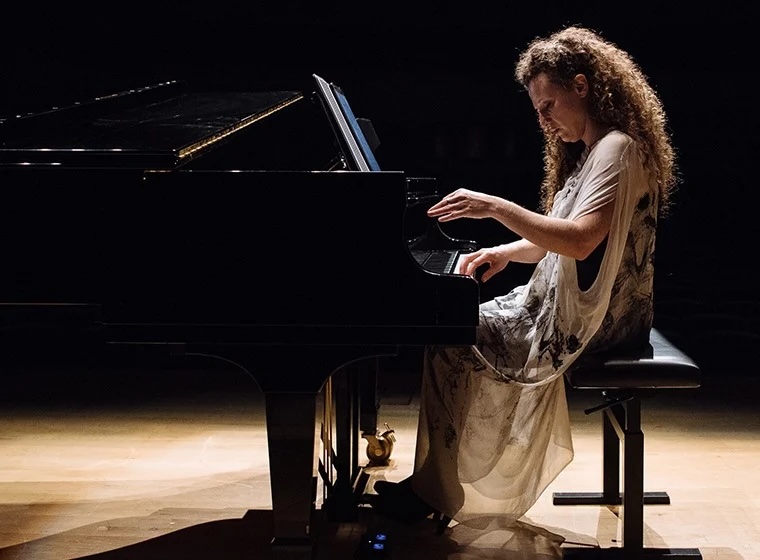








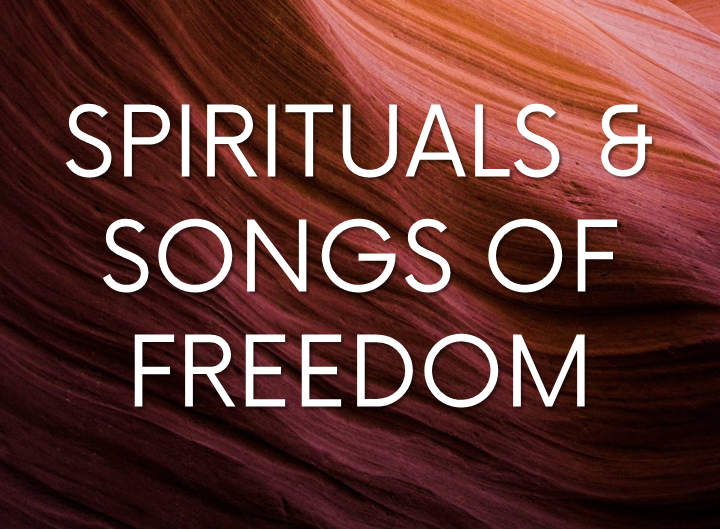

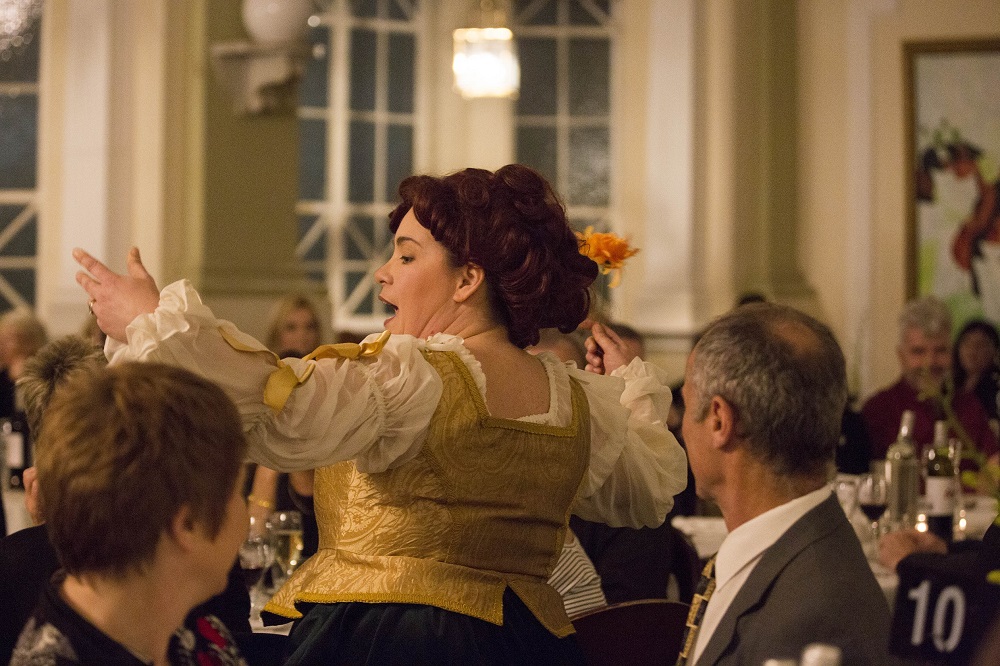












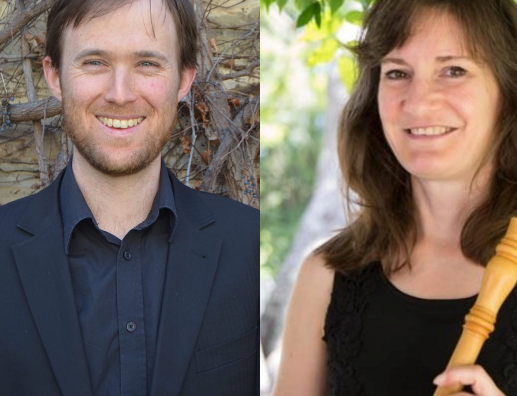
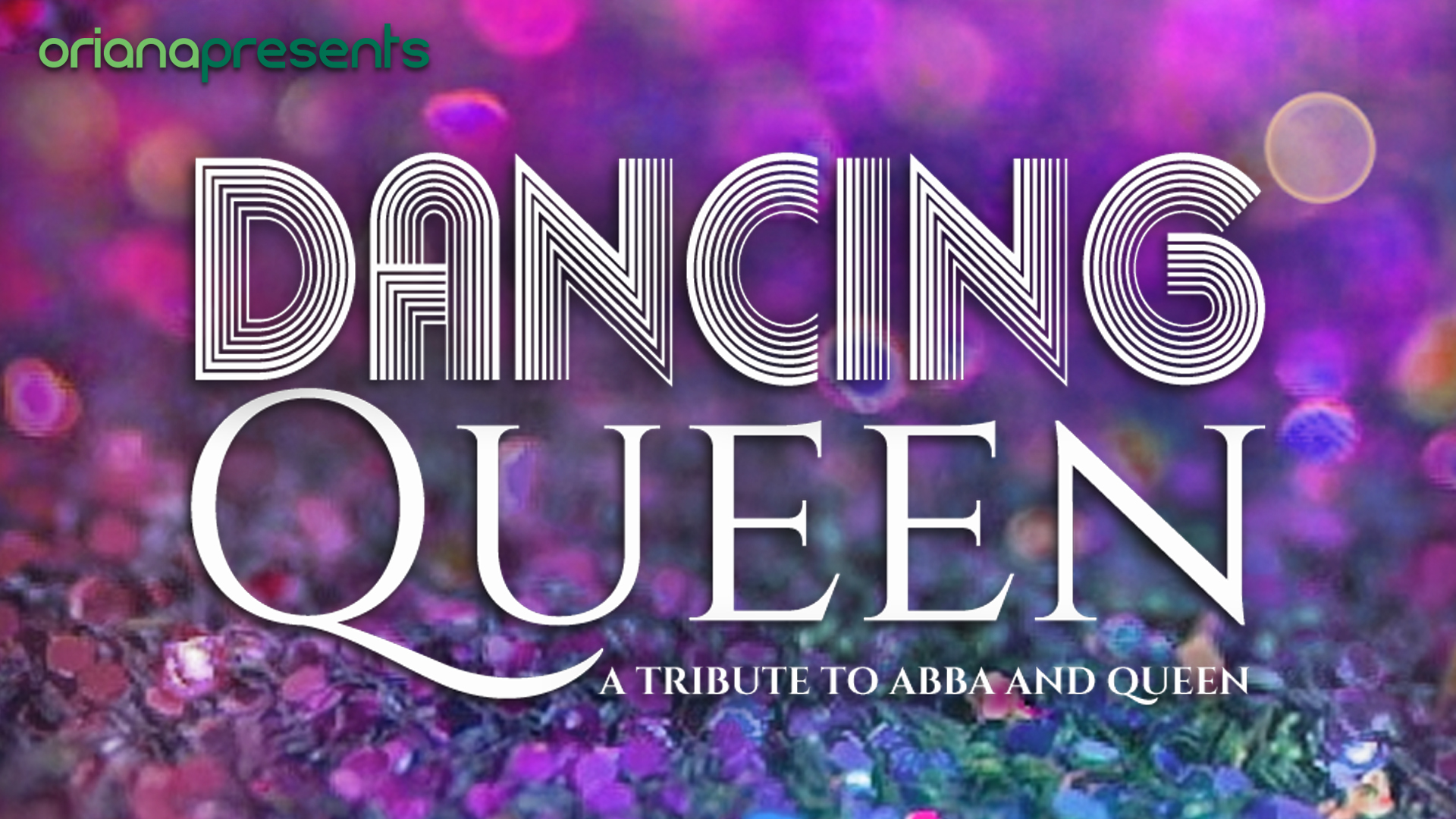


![user222 mrc mostlymozart [glories of the clarinet] user222 mrc mostlymozart [glories of the clarinet]](https://cdn-classikon.b-cdn.net/wp-content/uploads/2024/02/user222-mrc_mostlymozart_glories_of_the_clarinet.png)



